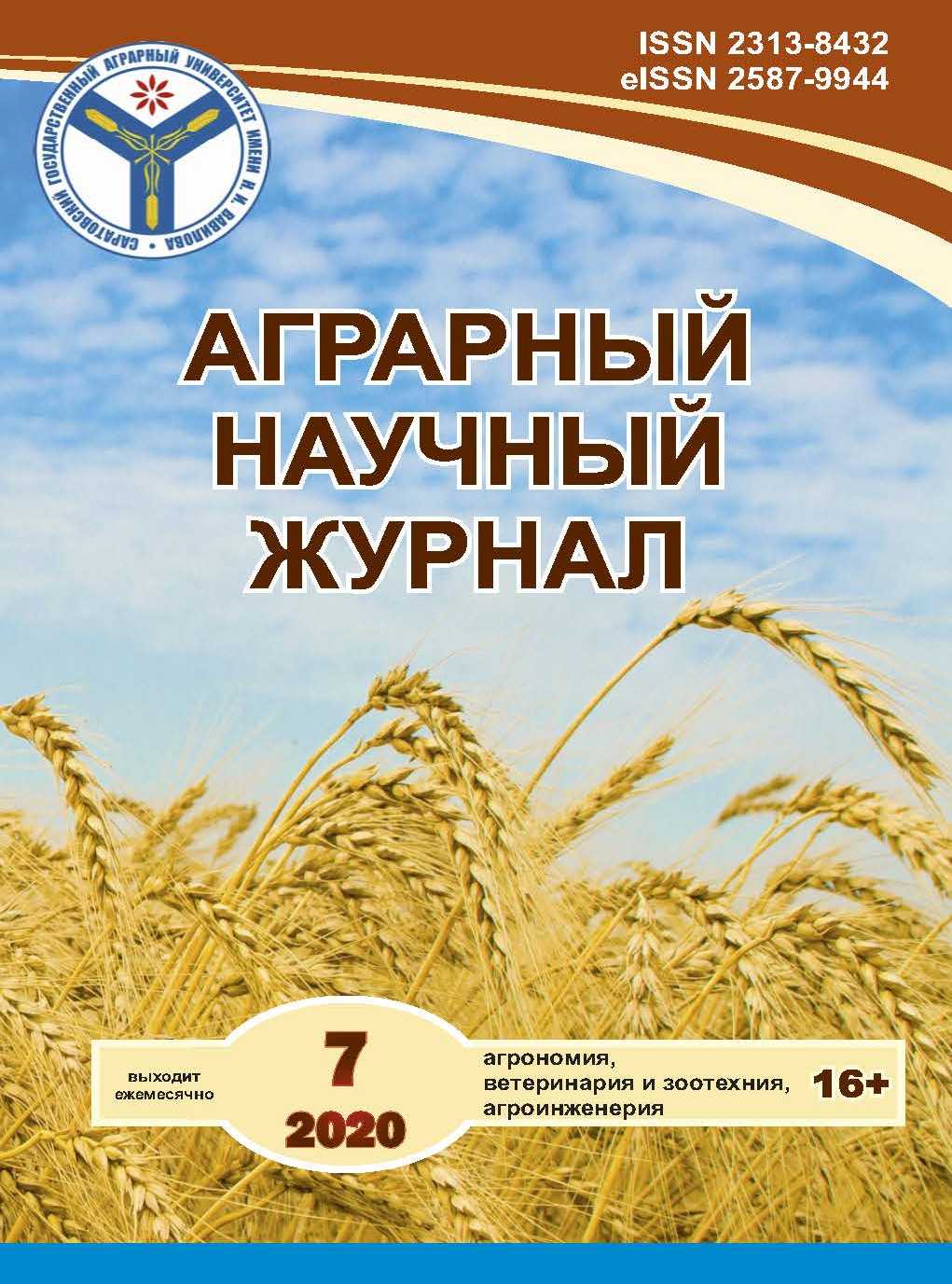Density of plants is the important indicator of onion yield
DOI:
https://doi.org/10.28983/asj.y2020i7pp33-37Keywords:
sowing density, plant standing density, marketable yield, hybrid, growing season, seeding rate, phenophaseAbstract
During sowing turnip onions, the largest part of the costs incurred is the purchase of seed material. Increasing the rate of sowing seeds does not always pay off the costs of their acquisition. The aim of our work was to identify the optimal plant density of onion plants in the conditions of the Lower Volga region for one-time mechanized harvesting of onions. The research was carried out on subtypes of light chestnut soils in the conditions of land use of the Caspian Agrarian Federal Scientific Center of the Russian Academy of Sciences of the Astrakhan Region during 2016–2019. As a result of our research, it was revealed that changes in the density of onion sowing affect the growth and development of plants. A significant varietal sign was the length of the period from mass shoots to bulb ripening. This indicator changed not so much from the variety or hybrid, but how much from the density of the plants on one hectare. With an increase in the seeding rate, the duration of the growing season also increased. In addition to the growing season, the seeding density also affected biometric indicators. With a decrease in the seeding rate per hectare, the number of leaves increased. Depending on the hybrid or variety, the maximum number of leaves ranged from 34–38 to 22–28 pieces. And with an increase in the seeding rate per hectare, the number of leaves on the bulb decreased. It was also noted that the size of the leaves was larger than with other sowing schemes. We believe that this is due to the most thickened sowing. The article will be interesting to students and teachers of agronomic faculties, as well as workers in the agricultural sector.
Downloads
References
2. Зволинский В.П., Александрова Т.И. Повышение конкурентоспособности продукции растениеводства в условиях аридной зоны Северного Прикаспия // Вестник Прикаспия. – 2016. – №4(15) – С. 48–51.
3. Калмыкова Е.В., Петров Н.Ю., Нарушев В.Б. Продуктивность лука репчатого при применении регулятора роста Энергия-М //Аграрный научный журнал. – 2018. – № 2 – С. 7–11.
4. Литвинов С.С. Методика полевого опыта в овощеводстве. – М.: Госсельхозакадемия, 2011. – 650с.
5. Мелихова Е.В. Технология комбинированного орошения овощных культур // Овощи России. – 2019 – № 2. – С. 84–87.
6. Научное обоснование агротехнических приемов повышения урожайности и качества лека репчатого на территории Астраханской области / Н.И. Матвеева [и др.] // Аграрный научный журнал. – 2019. – № 5. – С. 29–37.
7. Романов В.С., Романова О.В., Тареева М.И. Луковичные формы межвидовых гибридов лука, их создание и оценка // Овощи России. – 2019. – № 1. – С. 42–45.
8. Федорова В.А., Мухортова Т.В., Мягкова Е.Г. Использование земель после капельного орошения при возделывании ярового ячменя в полупустынных условиях Северного Прикаспия // Вестник Курской государственной сельхозакадемии. – 2018. – № 4. – С. 70–75.
9. Чурзин В.Н., Амрако Асирифи О. Водопотребление и его составляющие в посевах ярового ячменя в зависимости от предшественников и способов основной обработки почвы // Известия Нижневолжского агроуниверситетского комплекса. – 2013. – №1 (29). – С. 61–64.








